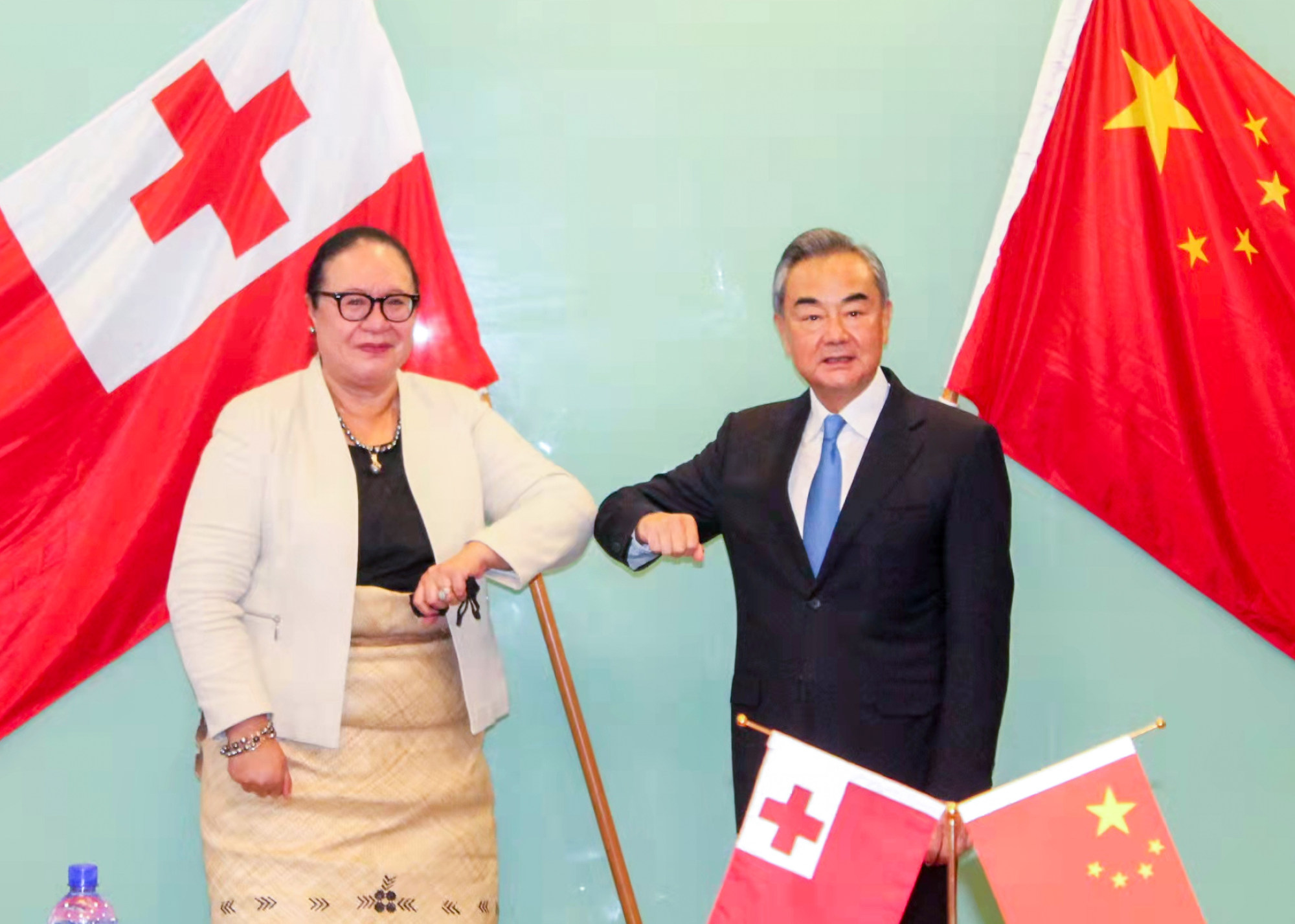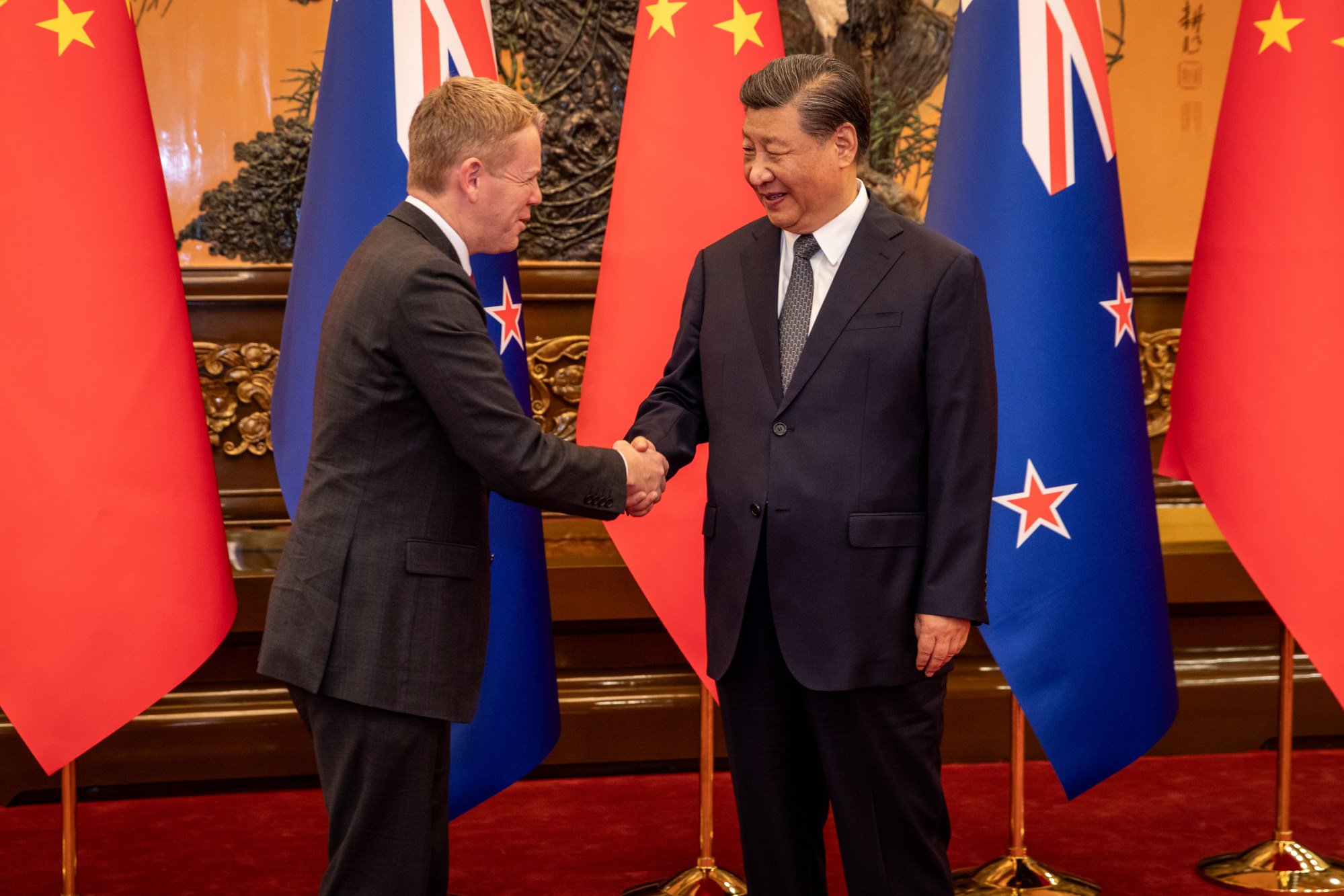
US-China ties loom large as Blinken readies a rapid Asia-Pacific return with tour of Tonga, New Zealand, Australia
- For the third time in two months, the US secretary of state returns to the region to open a new Tonga embassy – and push New Zealand to ‘fall in line’
- Talks will ‘almost inevitably centre on China’s role’, analysts say, even as Pacific nations await more ‘concrete initiatives’ from Washington
“The US wants to show to these states that it is a willing partner [and] happy to provide them with assistance or capital,” said Ian Hall, an international-relations professor and acting director at Griffith University’s Griffith Asia Institute in Australia.

“The test is whether the US is able to provide what Pacific island countries want in terms of new infrastructure or investment,” he said.
Hideyuki Shiozawa, a former diplomat who now works as a senior officer with the Pacific island nations programme at the Sasakawa Peace Foundation think tank in Japan, said it was highly unusual for a US secretary of state to attend an embassy opening in the Pacific region.
US pours more money into Pacific embassies amid battle with China for clout
After meeting with Tongan officials to discuss what the State Department called “our shared democratic values and vision of a connected, prosperous, peaceful, and resilient Pacific region”, Blinken will head for New Zealand and Australia, where talks will “almost inevitably centre on China’s role, despite any assertions to the contrary”, said Geoffrey Miller, a geopolitical analyst at the Victoria University of Wellington’s Democracy Project who focuses on New Zealand’s foreign policy.

Blinken’s New Zealand stop will be another opportunity for Washington to pile on the pressure, “both behind closed doors, and in a more direct fashion”, as it pushes Wellington “to fall into line” with countries like Australia on external security threats, Miller said.
New Zealand’s potential role within Aukus will almost certainly be a topic of discussion in private meetings
In addition, “New Zealand’s potential role within Aukus will almost certainly be a topic of discussion in private meetings,” Miller said, adding that there will be real questions about whether Wellington’s independent foreign policy approach is “on life support”.

Analyst Miller noted that Prime Minister Chris Hipkins later appeared to walk back Little’s remarks, however, calling the debate about New Zealand joining Aukus “purely hypothetical” as a formal invitation to join the pact had yet to be extended to Wellington.
Next on Blinken’s agenda is Brisbane, where he plans to attend the annual Australia-US Ministerial Consultations forum, with bilateral discussions to span security cooperation and coordinating the countries’ “vision for a free and open Indo-Pacific”, according to a State Department statement.
Chinese ship shadows ‘biggest ever’ Australia-US joint military exercise
Describing the exercises as “a huge show of force”, Miller said they also have the aim of demonstrating to China that the US and its partners are “united and ready for any conflict”, and will be observed by Blinken and Austin during a “rare joint visit”.
“This highlights just how important Canberra is to Washington, and how important the wider Pacific region has become,” Miller said.
A superpower can and must deal with multiple challenges simultaneously
“[The visits] confirm that a superpower can and must deal with multiple challenges simultaneously,” he said, adding that Washington was working to repair several decades of what’s been called “diplomatic neglect” of Pacific island nations especially.
Blinken is also likely to answer questions on delivering Virginia-class nuclear-powered submarines to Australia after US senators in a letter to Biden expressed their concerns about the state of America’s submarine industrial base and its ability to support Aukus submarines, Herzinger said.

